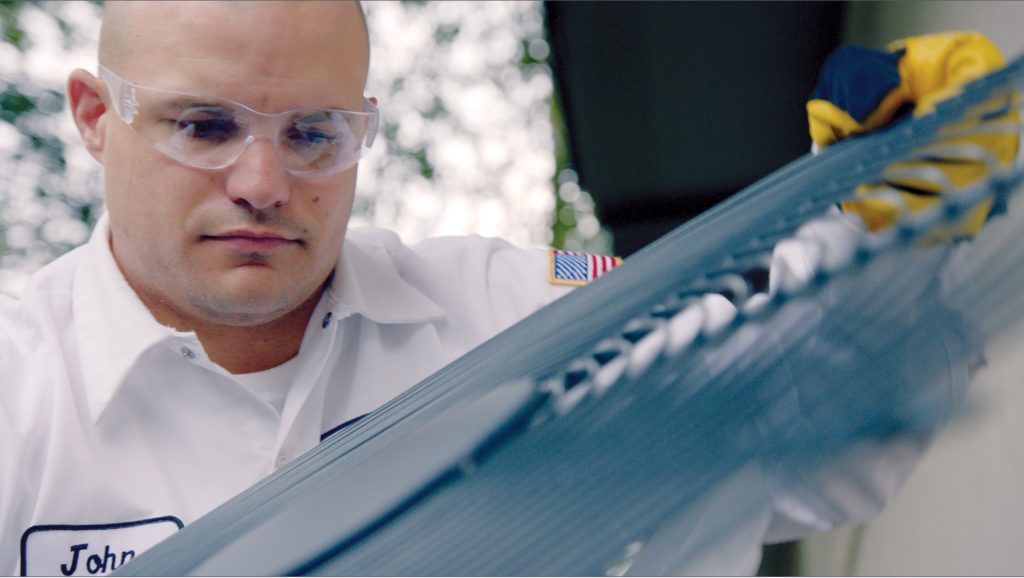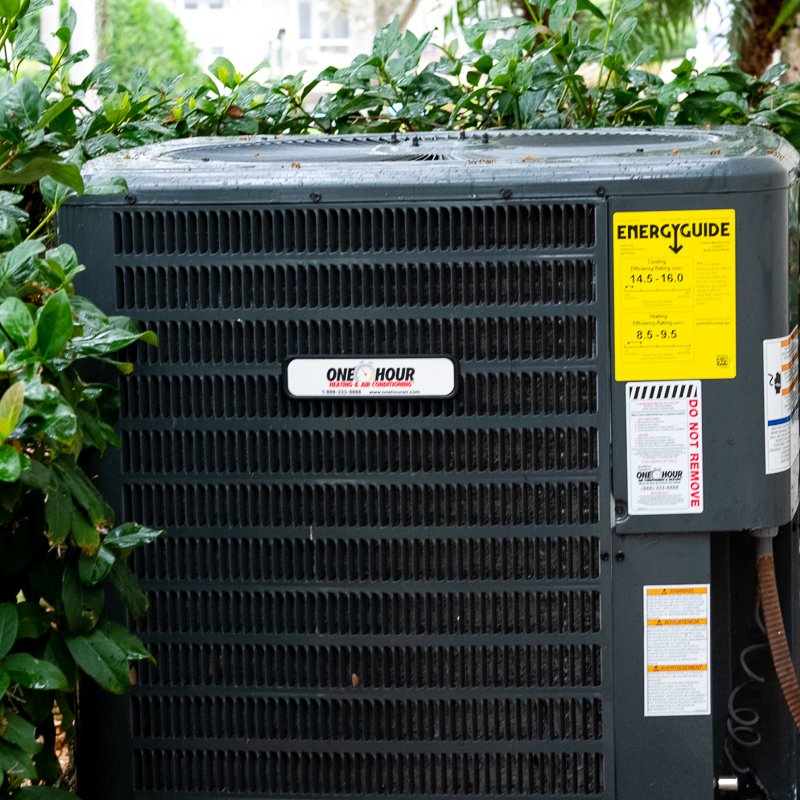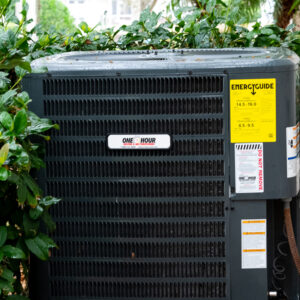 Heating, ventilation and air conditioning (HVAC) systems make modern living spaces comfortable all year. However, they can’t continue to operate optimally without some attention from their owners. This article discusses HVAC care tips for your HVAC units to keep them running more efficiently so that you save money on your energy bills and extend the life of the system.
Heating, ventilation and air conditioning (HVAC) systems make modern living spaces comfortable all year. However, they can’t continue to operate optimally without some attention from their owners. This article discusses HVAC care tips for your HVAC units to keep them running more efficiently so that you save money on your energy bills and extend the life of the system.
Furnace Maintenance
The best time for your recommended annual furnace tune-up is right before the cold weather starts. If you have it serviced before all the leaves fall, be sure to check that your air intake vent is intact and not covered by leaves, twigs or other debris before you turn on the furnace. A furnace tune-up checklist includes the following activities:
- Checking air filter and cleaning or replacing
- Cleaning the blower
- Lubricating all the moving parts
- Inspecting and replacing electrical wires
- Checking the heat exchanger
- Testing the exhaust system
- Inspecting and replacing worn belts
- Checking the burner and flame sensor in the combustion chamber
- Inspecting vents
- Examining fuel lines
- Checking gas pressure
- Checking the thermostat
A tune-up cannot only prevent a breakdown, but it may save your life. Incomplete fuel combustion releases carbon monoxide and other noxious gases. These can be life-threatening if not handled properly. That’s why HVAC care tips and a technician are required to carefully inspect the vents, exhaust system, combustion chamber and heat exchanger.
Air Conditioning Maintenance
AC maintenance is crucial to keep the appliance running efficiently and smoothly during the hot summer days. Unlike the winter, when you can always add a sweater or a blanket to keep you warm if the heat’s not working, there’s a limit to how many clothes you can remove to keep cool. Once you reach your birthday suit, that’s as far as you can go.
Spring is a great time to have a technician perform an annual maintenance check of your air-conditioning system. Unlike your furnace, your AC contains an outside condenser unit as well as an inside evaporator coil, and there are fans in both the outside and inside units. Some of the things a technician will do during the maintenance appointment include the following:
- Removes debris from around the condenser
- Cleans or replaces filters
- Cleans coils
- Checks belts
- Checks fans
- Cleans and drains condenser lines and pan
- Checks refrigerant line and level
- Lubricates bearings and moving parts
- Checks electrical connections
- Checks thermostat and humidity levels
Because of exposure to the elements, the outside component is particularly susceptible to damage. Take care that the lawnmower doesn’t blow debris toward the unit and that the unit operates smoothly. Loose ball bearings or damaged fan blades may cause a whining or whirring noise. If you notice any persistent unusual sounds, turn off the system, and call a heating and cooling professional to inspect the unit.
Ductwork Maintenance
Annual HVAC maintenance checkups usually don’t automatically include ductwork inspection and repair. Unless your heater and AC HVAC system is a ductless heat pump, your heated and cooled air travel through ducts before reaching individual room vents. Unfortunately, those ducts may contain air contaminants that pass through the air filter or unsealed exterior openings. Unsealed spaces may also allow critters to enter your house and nest in the ducts. In addition, if the humidity level is sufficiently high, dangerous mold and mildew might flourish within the ducts, contaminating the air. Experts recommend that professionals clean and inspect ductwork every three years.
Benefits of Annual Maintenance
Annual HVAC maintenance isn’t free, but it’s certainly worth the money. Here are some of the reasons why.
Save Money
HVAC repair expenses for labor and parts can be quite costly if a major component needs replacement. In some cases, replacing a part is not even an option. Preemptively fixing a small problem before it escalates into something larger may keep you from having to purchase and install a new system.
Maintain Warranty
A warranty pays for repair costs to covered components. A manufacturer’s warranty usually requires proof of annual maintenance tune-ups. Do-it-yourself repairs may also void the warranty.
Prevent Inconvenient Breakdowns
You depend on your HVAC system to regulate your indoor air temperature, and nobody wants to sit in a cold or stifling hot house, especially if there’s a big event planned that day. If the system breakdowns during bad weather, it may take a day or more before a repair technician can come to your home. Regularly scheduling maintenance visits reduces the likelihood of unexpected breakdowns.
Extends Life Span
Changing air filters, cleaning all the components and lubricating moving parts reduces the wear and tear on your system. When it doesn’t have to work as hard to maintain temperature settings, it will last longer.
Maintenance Plans
Compare the cost of an annual maintenance visit with and without a maintenance plan. If your system is still under warranty, that will help you decide if it’s worth it. Some companies offer tiered plans with different price points, depending on the coverage. If your system is old and no longer under warranty, definitely explore the possibility of purchasing a maintenance plan. It’s only reasonable to expect repairs to increase as the system ages, no matter how well-maintained it is.
Efficiency Improvements
In addition to an annual maintenance visit, there are other ways to decrease the load on your system and increase its efficiency. Here are a few of these approaches.
Weather Stripping
Sealing gaps around windows and doors is one of the easiest and cheapest ways to regulate room temperature. Block out cold and hot air, and your system will thank you.
Insulation
Hot air rises, and if there’s nothing standing in its way, it’ll escape through the roof vents. Applying a thick layer of insulation on the attic floor keeps the warm air in the living space. You can also insulate exterior walls against the elements by drilling a hole and spraying foam into the cavity. It’s best to leave this type of improvement to a professional installation team. Any steps you take in this direction will lower your utility bill and reduce the stress on your heating and cooling system.
Programmable Smart Thermostat
A programmable thermostat is your system’s best friend. It wants to live a long life, and this device contributes to that goal. You can program different schedules so that the system isn’t running full speed while you are at work because you forgot to change the setting. The thermostat will change the setting automatically.
Smart thermostats are programmable and wi-fi connected. One can learn the pattern of your comings and goings by tracking the location of your cell phone. It “knows” when you’ve entered the home, and based on previous behavior, it can start warming or cooling your home ahead of your expected arrival time, so things will be nice and cozy when you get back. You can change these settings remotely if you’re going to be late. Some smart thermostats can even monitor the weather and start warming things up before a cold front arrives.
Upgraded Air Filters
Manufacturers rate air filters according to their ability to trap airborne particles. The Minimum Efficiency Reporting Value (MERV) is the scale used to measure their efficiency, and values range from 1 to 20. Values from 16 to 20 are typically considered hospital quality and can filter out bacteria and viruses. These commercial filters are most likely unavailable for home heating and cooling systems.
How do you choose a filter? Pick one with a rating that is right for your home. The type of air contaminants and whether anyone suffers from allergies or asthma are the determining factors. The higher the rating, the smaller the particle trapped by the filter. The more particles caught means less debris collecting on the system’s components and clogging the ductwork. As the rating increases, the holes in the filter’s mesh decrease, and it may take more power to force air through them. Check your user’s manual to see which type is right for your system.
Conclusion
Your HVAC system is an integral part of your home. When things are running smoothly, it may be easy to forget about it until something goes wrong. Be proactive, and take care of your unit. Change dirty air filters, schedule annual maintenance tune-ups and insulate your roof and walls to keep the system running in tip-top shape all year long.
 You probably notice your HVAC system only when you turn it on. Otherwise, you pay the utility bill each month until it stops working properly. However, an HVAC tune-up and management can keep this essential home appliance from driving up your energy costs. Ignoring proper care of your HVAC unit and making these HVAC mistakes can not only raise electricity bills but also decrease efficiency and ultimately lead to an AC repair or replacement.
You probably notice your HVAC system only when you turn it on. Otherwise, you pay the utility bill each month until it stops working properly. However, an HVAC tune-up and management can keep this essential home appliance from driving up your energy costs. Ignoring proper care of your HVAC unit and making these HVAC mistakes can not only raise electricity bills but also decrease efficiency and ultimately lead to an AC repair or replacement. When to Replace Your Air Conditioner
When to Replace Your Air Conditioner Homeownership and Other Cost Considerations
Homeownership and Other Cost Considerations

 before reaching target rooms.
before reaching target rooms.